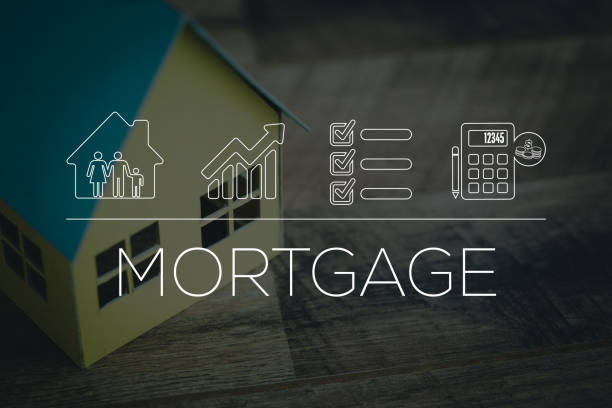Buying a home is an exciting yet complex process that requires careful planning and preparation. One of the most important aspects of purchasing a home is securing a mortgage. The mortgage application process involves several key steps, from obtaining pre-approval to closing on the loan. Here’s a step-by-step guide to help you navigate the process smoothly.

Step 1: Pre-Approval
Before you start house hunting, it’s crucial to get pre-approved for a mortgage. A lender will assess your financial situation to determine how much you can borrow.
What’s Involved:
- Submit financial documents (income, assets, debts, credit history).
- The lender reviews your credit score and debt-to-income ratio.
- You receive a pre-approval letter, indicating the loan amount you qualify for.
Benefits:
- Gives you a clear budget for home shopping.
- Makes you a more competitive buyer in the market.
Step 2: House Hunting and Making an Offer
Once pre-approved, you can begin searching for a home that fits your budget and needs.
Key Considerations:
- Work with a real estate agent for guidance.
- Visit homes and evaluate their condition and location.
- Make an offer based on market conditions and comparable home prices.
If the seller accepts your offer, you’ll enter the next phase: securing your mortgage.
Step 3: Mortgage Application
After your offer is accepted, you formally apply for the mortgage by submitting additional details to your lender.
Required Documents:
- Income verification (pay stubs, tax returns, W-2s).
- Employment details.
- Bank statements and other asset documentation.
- Details about the property you’re purchasing.
The lender will conduct a thorough review of your financial profile and issue a Loan Estimate, outlining the terms, interest rate, and closing costs.
Step 4: Home Appraisal and Underwriting
Before final approval, the lender needs to ensure the property’s value and your financial stability.
Home Appraisal:
- A professional appraiser assesses the home’s market value to ensure it aligns with the loan amount.

Underwriting:
- The lender verifies all provided information and evaluates risk factors.
- Additional documentation may be requested.
- A final decision is made on loan approval.
Step 5: Loan Approval and Closing Disclosure
Once underwriting is complete and your mortgage is approved, you will receive a Closing Disclosure at least three days before closing.
What’s Included:
- Final loan terms.
- Interest rate and monthly payment details.
- Closing costs breakdown.
Carefully review the document to ensure everything is correct before proceeding to the final step.
Step 6: Closing on Your Home Loan
Closing is the final step, where ownership of the home is officially transferred to you.
What Happens at Closing:
- Sign all necessary legal documents.
- Pay closing costs and the down payment.
- The lender disburses funds to the seller.
After closing, you receive the keys, and the home is officially yours!
Conclusion
Understanding the mortgage application process can help you prepare and avoid potential pitfalls. By following these steps—from pre-approval to closing—you can navigate the process with confidence and secure the home of your dreams.
